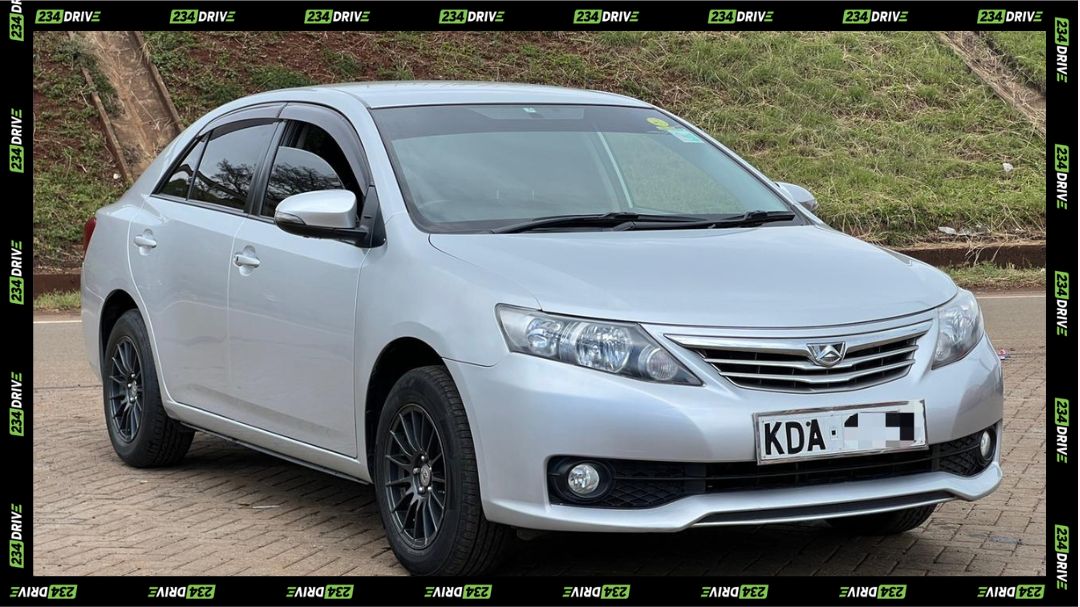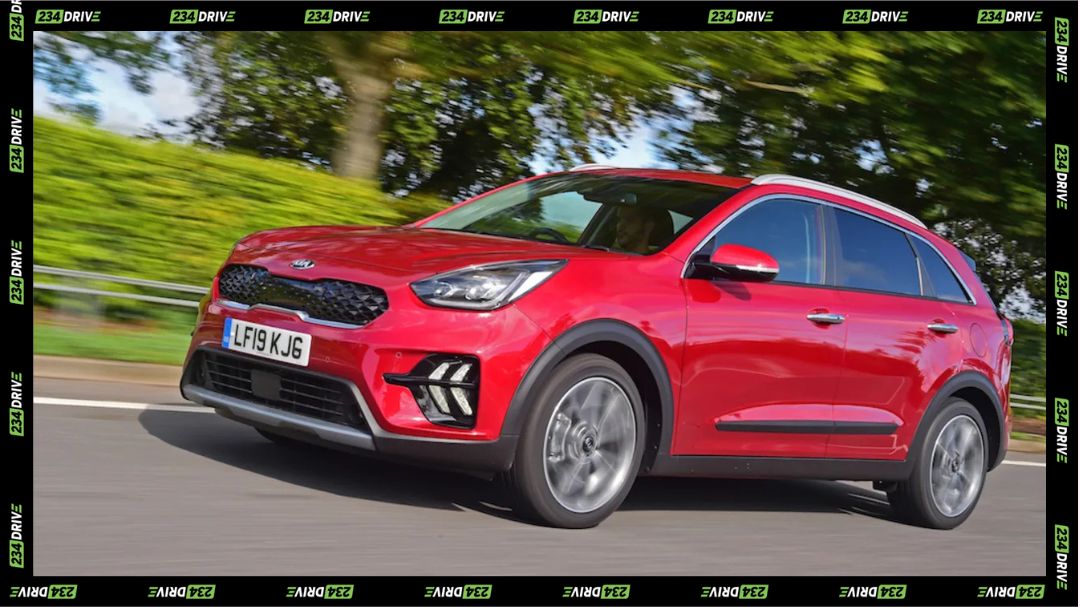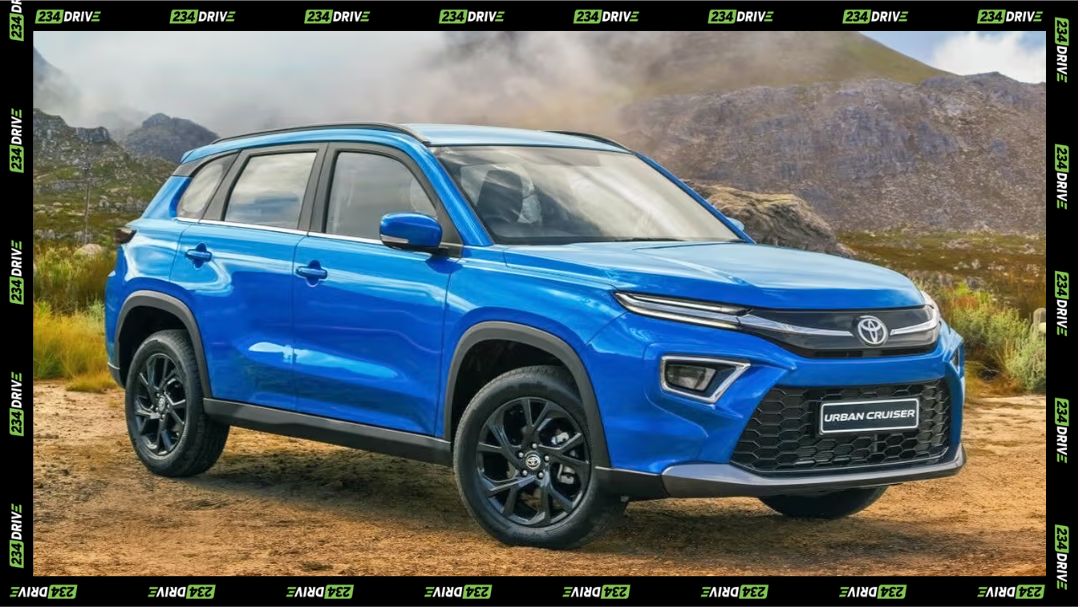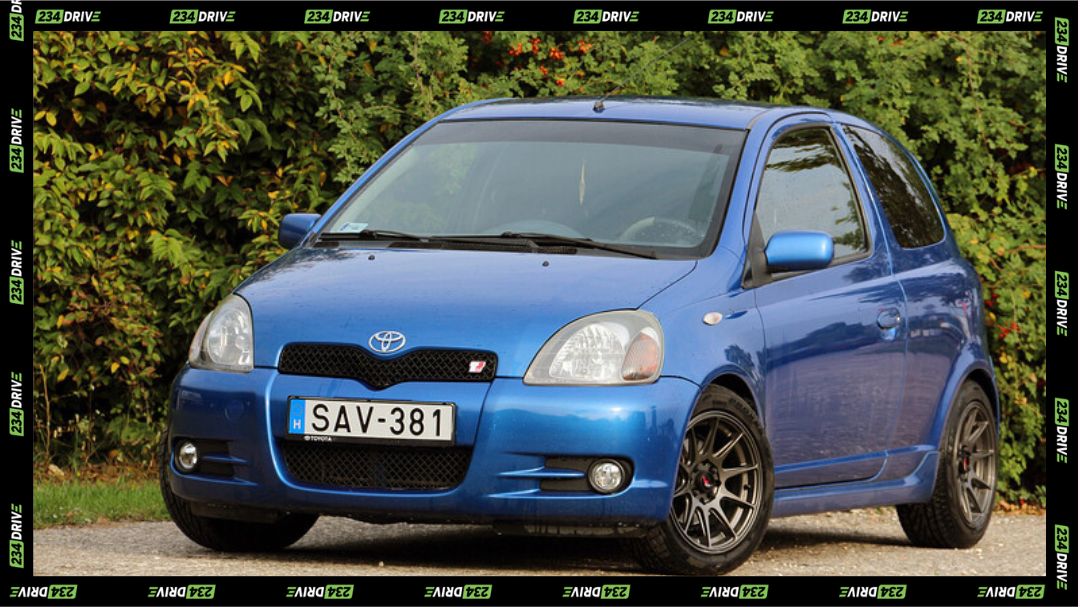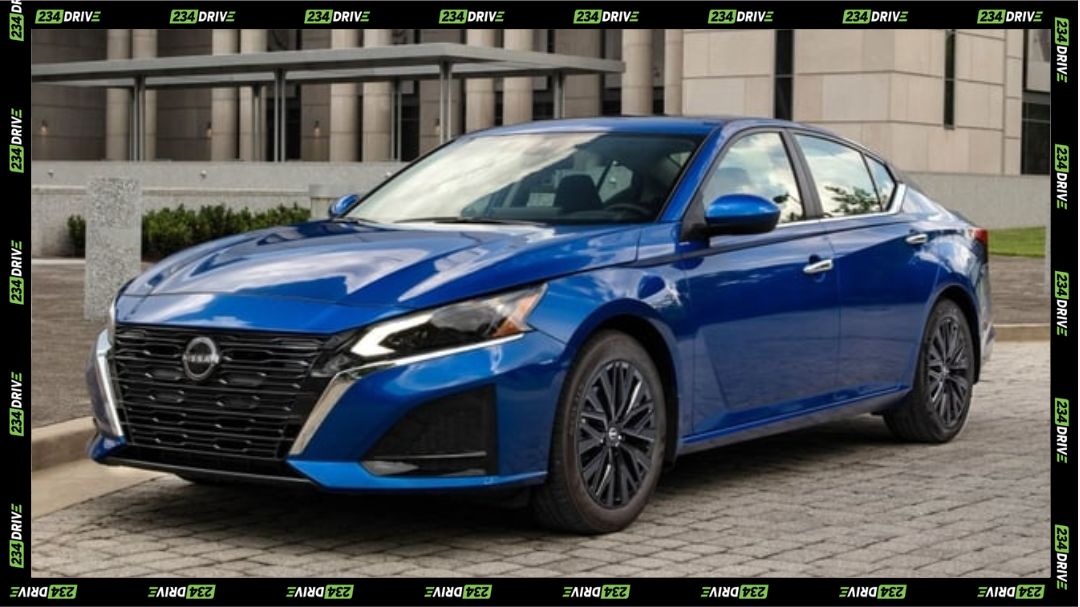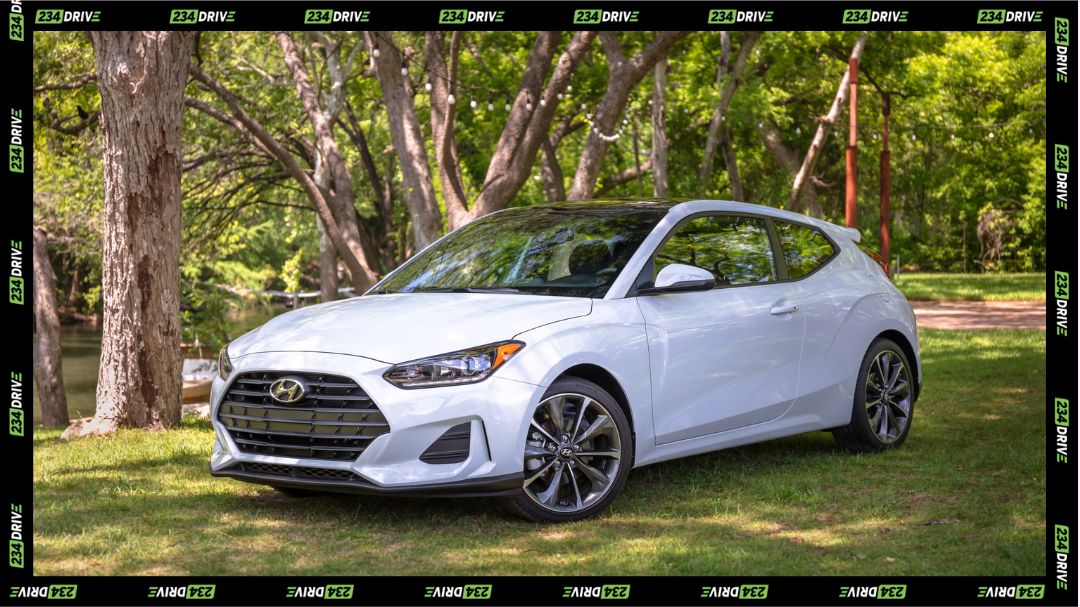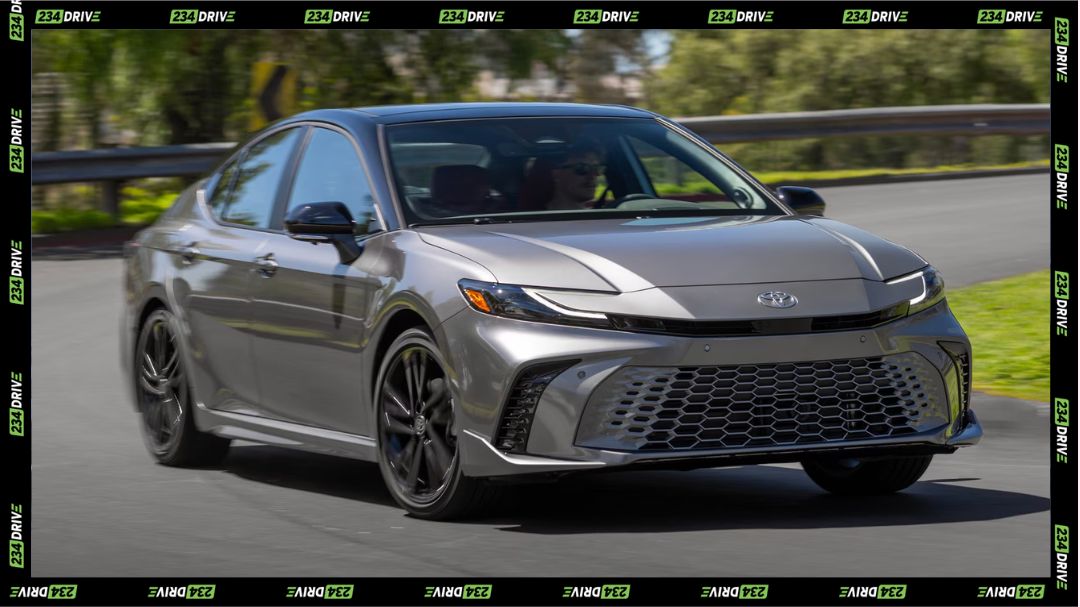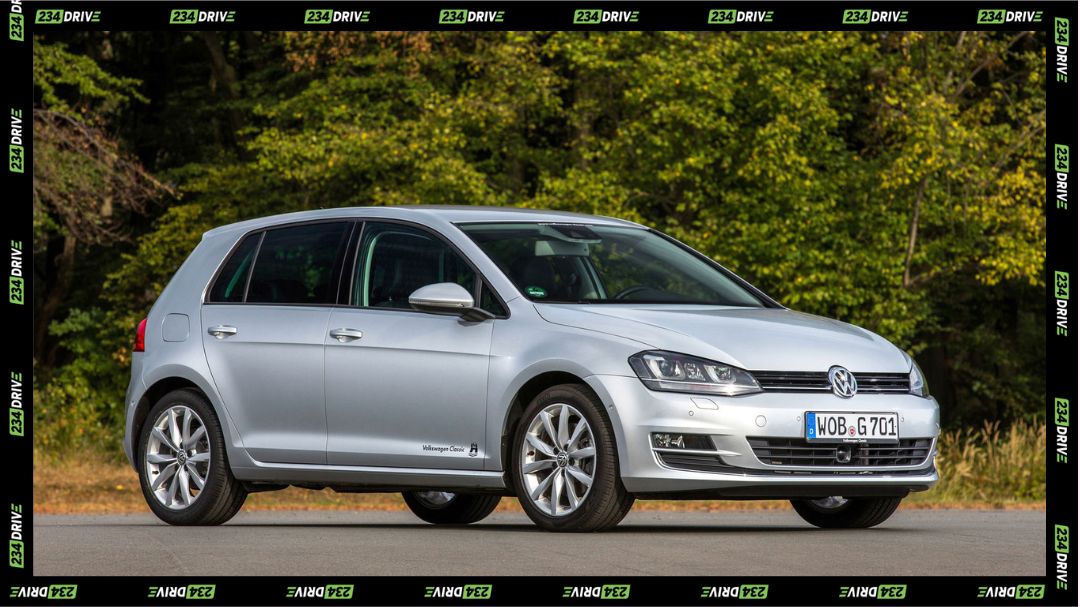The Dacia Bigster marks a major step forward for Renault-owned Dacia, combining affordability, hybrid technology, and rugged versatility in one family-friendly package. Launched across Europe and North Africa in early 2025, the Bigster quickly gained traction in Morocco—a market known for its love of durable, reliable vehicles that can handle both city streets and rural terrain. With starting prices from around MAD 264,500 for diesel trims and promotional hybrid offers near MAD 250,000, it delivers an appealing balance of practicality, technology, and cost efficiency for Moroccan families.
As Dacia’s largest SUV to date, the Bigster offers five spacious seats rather than seven, a deliberate decision to keep prices low while maximising interior comfort. Measuring 4,570 mm in length and riding on a 2,702 mm wheelbase, it provides class-leading legroom and a boot capacity of up to 677 litres, expandable to nearly 2,000 litres with seats folded. This makes it a standout option for families seeking a roomy, affordable vehicle without stepping into luxury price brackets. The SUV’s interior design emphasises durability, with washable materials, multiple storage compartments totaling over 38 litres, and practical add-ons like a Sleep Pack for camping.
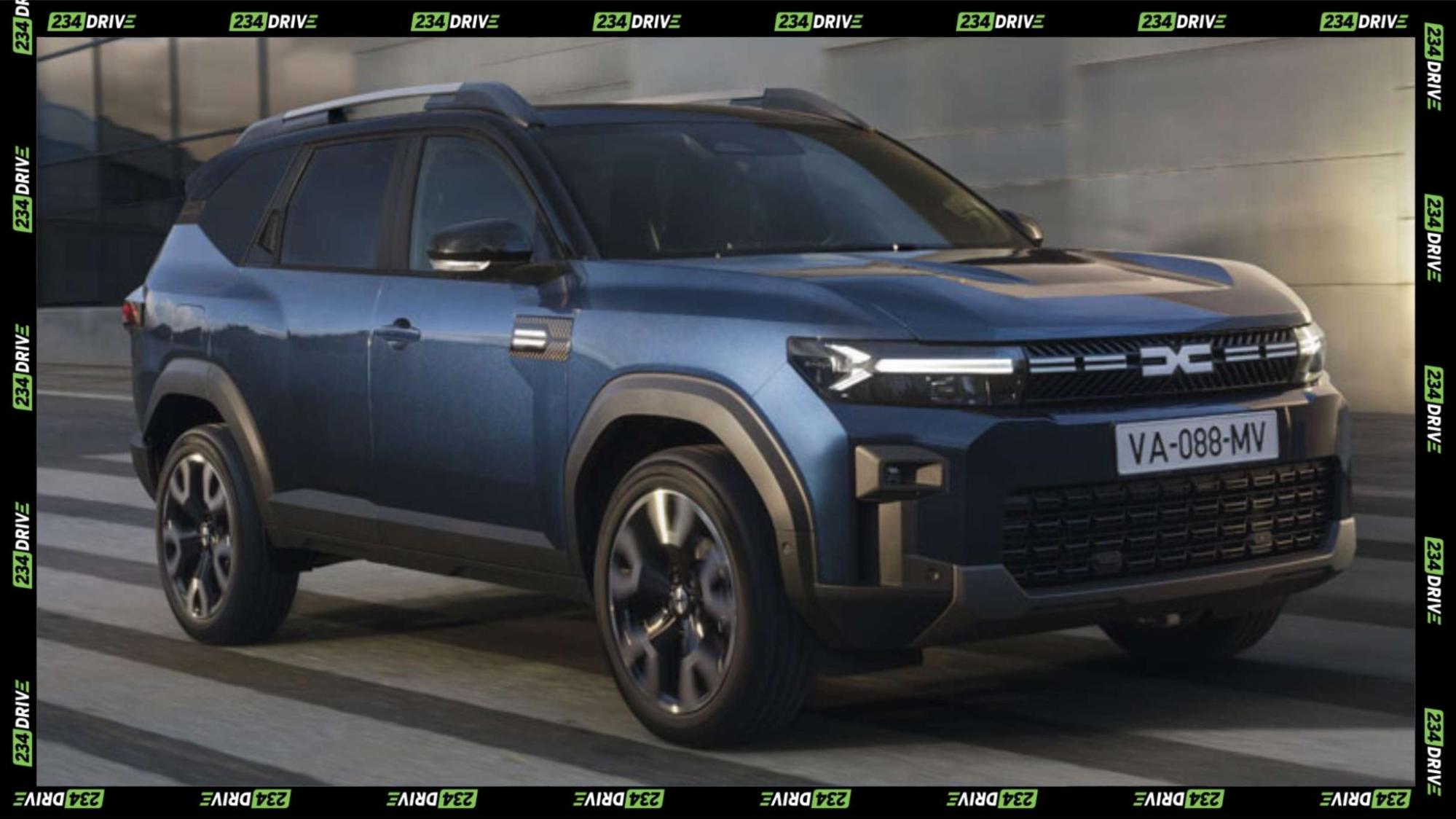
Under the hood, the Bigster is powered by a 1.8-litre hybrid engine delivering about 155 hp and 205 Nm of torque. The hybrid setup combines a petrol engine with electric motors to achieve fuel economy figures around 58 mpg (4.6 L/100 km), giving it an impressive real-world range of over 1,000 kilometres on a 50-litre tank. Bi-fuel LPG variants stretch that figure to as much as 1,500 kilometres, offering low running costs for long-distance drivers. The hybrid system enables up to 80% electric driving in urban settings, cutting fuel use by roughly 40% compared to petrol-only models.
Beyond its efficiency, the Bigster is built for Morocco’s diverse landscapes. Its 219 mm ground clearance, optional all-wheel drive, and off-road modes make it capable on rough, uneven roads. Drivers can choose from Snow, Mud/Sand, and Hill Descent modes, with the Extreme trim offering extra durability through rubber mats, protective plastics, and washable upholstery. The lightweight 1,428 kg build contributes to its agility, while towing capacity of up to 1,500 kg supports family or utility needs in rural regions.
The Bigster’s performance is matched by its modern equipment lineup. Standard features include dual-zone air conditioning, rear sensors, a reversing camera and a 10.1-inch infotainment display. Higher trims add heated seats, a panoramic sunroof, and advanced driver-assistance systems, maintaining Dacia’s focus on delivering real-world value over luxury excess. In Morocco, financing offers starting at MAD 2,990 monthly with no down payment make the hybrid variant especially attractive to families transitioning to more efficient vehicles.
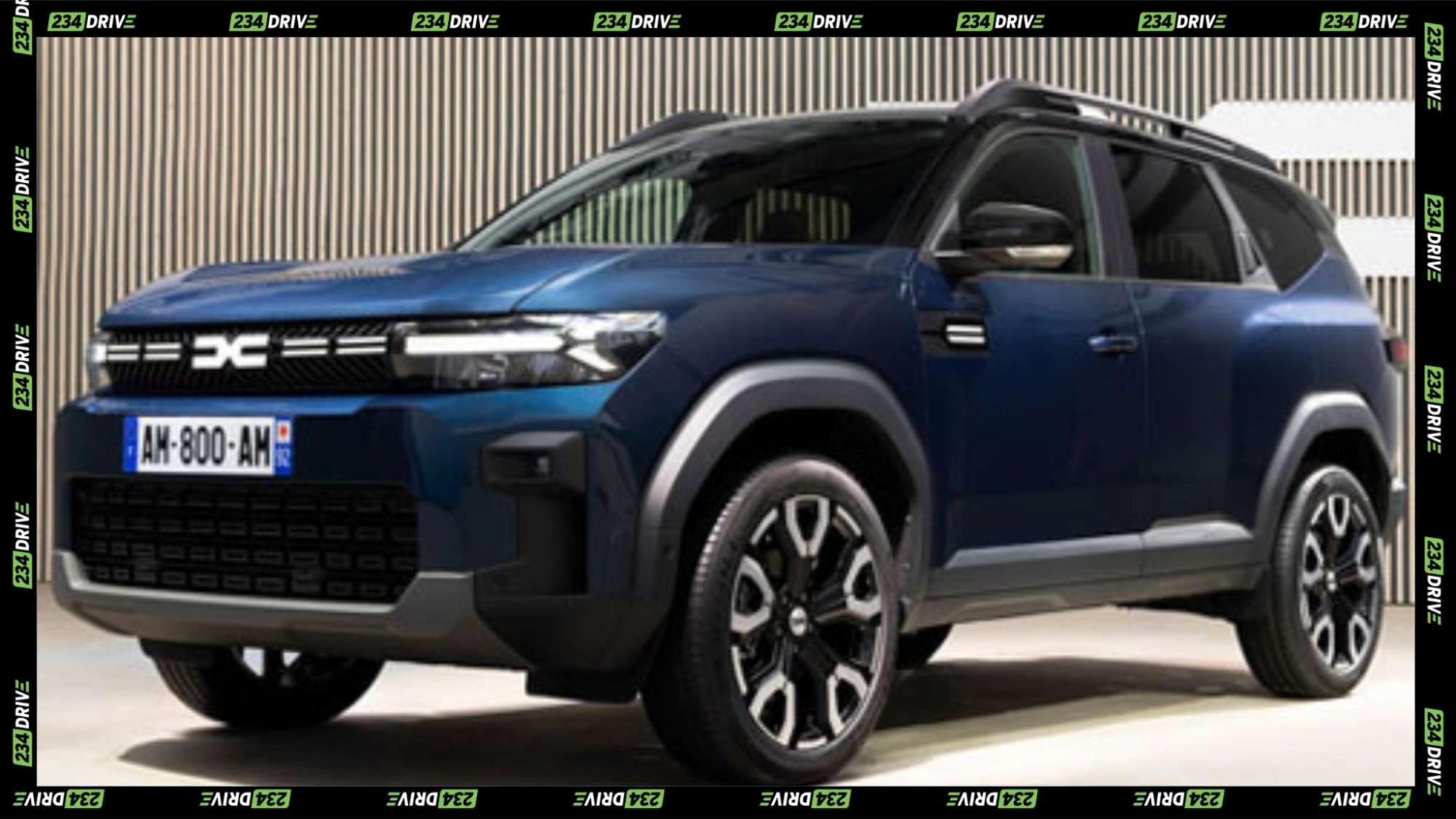
Strategically, the Bigster’s Moroccan launch underscores Renault’s growing commitment to North Africa. Production links in Tangier and Dacia’s expanding hybrid assembly lines position the Bigster as both a local success story and a regional benchmark in affordable hybrid mobility. The brand’s dominance in Morocco’s budget segment gives it an edge over rivals like MG, Nissan, and Hyundai, which target higher price tiers.
Ultimately, the Dacia Bigster embodies Dacia’s philosophy of practical innovation—offering spacious design, hybrid efficiency, and rugged readiness at a price that fits real-world family budgets. As Morocco’s auto market continues to shift toward greener and more versatile vehicles, the Bigster’s early success hints at a strong future for Renault’s hybrid SUV lineup in North Africa and beyond.


